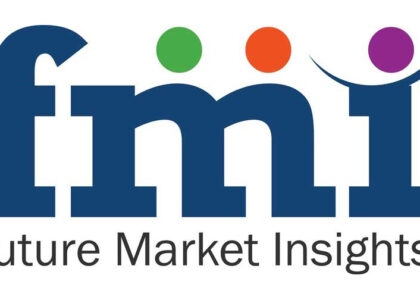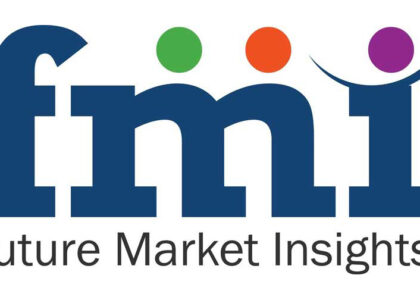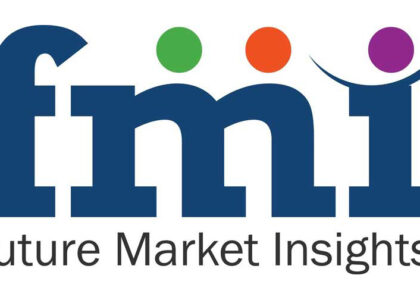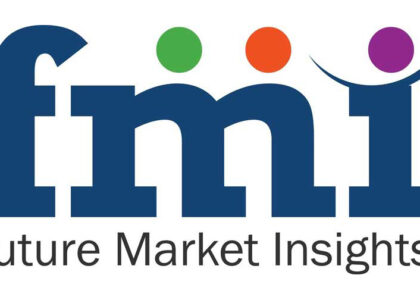It is anticipated that the value of the worldwide RTD temperature sensor market would rise from US$ 1.2 billion in 2023 to US$ 1.7 billion in 2033. Sales of RTD temperature sensors are expected to increase at a 3.8% CAGR during the projected period.
Analog RTD sensor demand is anticipated to be strong in the market for the duration of the projection. This can be attributed to analog-based temperature sensors having a better level of precision. During the evaluation period, the target segment is expected to grow at a 3.6% annual rate of growth.
The market for RTD temperature sensors is anticipated to increase as a result of many factors. These include the rapid expansion of end-use sectors like consumer electronics and automobiles, the widespread use of automation and digitalization, and developments in sensing technologies.
RTD temperature sensors are devices used to measure temperature in various applications. These sensors contain a resistor that changes resistance value as its temperature changes. They are gaining wider popularity due to their high accuracy, linearity, and stability.
Increasing usage of RTD temperature sensors across diverse industries due to their high accuracy and precision is expected to boost the global market. Industries today require more accurate temperature measurements for process control and quality assurance. As a result, they are adopting RTD sensors.
Rising penetration of automation and Industry 4.0 is anticipated to bolster RTD temperature sales through 2033. This is because RTD sensors play a key role in Industry 4.0. For instance, they are used for monitoring and controlling temperature in a variety of industrial applications.
In the long run, the worldwide RTD temperature sensors industry is set to witness steady growth. This growth is expected to be fuelled by increasing penetration of Industry 4.0 and innovation in RTD sensing technology.
Companies continuously integrate RTD temperature sensors into automated systems to monitor temperature conditions in real-time. They can also be incorporated into IoT platforms for remote monitoring and control. Thus, high automation and IoT integration adoption are expected to boost the target market.
Similarly, growing usage of smart home devices, increasing popularity of electric vehicles, and high adoption of wearable devices are expected to uplift RTD temperature sensor demand. Hence, the target market is likely to witness steady growth through 2033.
Key Takeaways from the RTD Temperature Sensors Market Report:
- The global RTD temperature sensors industry is forecast to reach US$ 1.7 billion by 2033.
- Based on function, an analog segment is poised to exhibit a 3.6% CAGR through 2033.
- By end use, consumer electronics segment is expected to thrive at 3.4% CAGR between 2023 and 2033.
- The United States is set to attain a valuation of US$ 301.3 million by 2033.
- Demand in South Korea is estimated to rise at 5.6% CAGR through 2033.
- China market size is anticipated to reach US$ 271.2 million by 2033.
- Sales in Japan market are predicted to rise at 4.5% CAGR between 2023 and 2033.
- The United Kingdom industry is projected to expand at 5.1% CAGR through 2033.
“As industries continue to automate their processes, demand for temperature sensors, such as RTDs, is expected to rise as they can help to monitor and control temperature sensitive processes. To gain maximum profits, key companies are looking to develop novel temperature sensors.” – says a lead Future Market Insights (FMI) analyst.
Who is Winning?
ABB Ltd., Analog Devices Inc., Emerson Electric Company, General Electric Company, Honeywell International Inc., Kongsberg Gruppen ASA, Maxim Integrated Products Inc., Microchip Technology Inc., NXP Semiconductors NV, Panasonic Corporation, Siemens AG, STMicroelectronics, and Texas Instruments Inc. are leading RTD temperatures sensor manufacturers profiled in the report.
Key RTD temperature sensor players are introducing new products with enhanced features. They also implement strategies such as partnerships, alliances, mergers, collaborations, facility expansions, and acquisitions to boost revenues.
Recent developments:
- In August 2021, to strengthen its position, Analog Devices, Inc. completed the acquisition of Maxim Integrated Products, Inc.
- In November 2018, NiTemp, a highly accurate, non-invasive temperature sensor, was introduced by ABB Ltd.
Competitive Landscape – Regional Trends:
The RTD temperature sensors market presents a competitive landscape marked by several key players vying for market share. Regional trends reveal that North America and Asia Pacific are expected to lead in terms of market share due to their significant presence in industries reliant on temperature-sensitive processes. These regions are witnessing robust adoption of RTD temperature sensors across healthcare, automotive, and industrial manufacturing sectors.
Restraints:
While the market exhibits substantial growth potential, it is not without challenges. The high initial cost of RTD temperature sensors and their susceptibility to damage in certain industrial environments pose restraints. Manufacturers are continuously innovating to address these challenges and make RTD temperature sensors more affordable and durable.
More Insights Available:
In its new offering, future Market Insights (FMI) presents an unbiased analysis of the global RTD temperature sensors market, presenting historical data (2018 to 2022) and forecast statistics from 2023 to 2033.
The study reveals market projections based on function (analog and digital), end use (consumer electronics, automotive, chemicals, oil & gas, aerospace & defense, food & beverage, and others), and region (North America, Latin America, Western Europe, Eastern Europe, East Asia, South Asia and Pacific, and Middle East and Africa).
Global RTD Temperature Sensors Market Segmentation
By Function:
- Analog
- Digital
By End Use:
- Consumer Electronics
- Automotive
- Chemicals
- Oil & Gas
- Aerospace & Defense
- Food & Beverage
- Other End Uses
By Region:
- North America
- Latin America
- Western Europe
- Eastern Europe
- East Asia
- South Asia and Pacific
- Middle East and Africa
Request Your Sample Report Now!
About Future Market Insights (FMI)
Future Market Insights, Inc. (ESOMAR certified, recipient of the Stevie Award, and a member of the Greater New York Chamber of Commerce) offers profound insights into the driving factors that are boosting demand in the market. FMI stands as the leading global provider of market intelligence, advisory services, consulting, and events for the Packaging, Food and Beverage, Consumer Technology, Healthcare, Industrial, and Chemicals markets. With a vast team of over 400 analysts worldwide, FMI provides global, regional, and local expertise on diverse domains and industry trends across more than 110 countries. Join us as we commemorate 10 years of delivering trusted market insights. Reflecting on a decade of achievements, we continue to lead with integrity, innovation, and expertise.
Contact Us:
Future Market Insights Inc.
Christiana Corporate, 200 Continental Drive,
Suite 401, Newark, Delaware – 19713, USA
T: +1-347-918-3531
For Sales Enquiries: sales@futuremarketinsights.com
Website: https://www.futuremarketinsights.com
LinkedIn| Twitter| Blogs | YouTube




